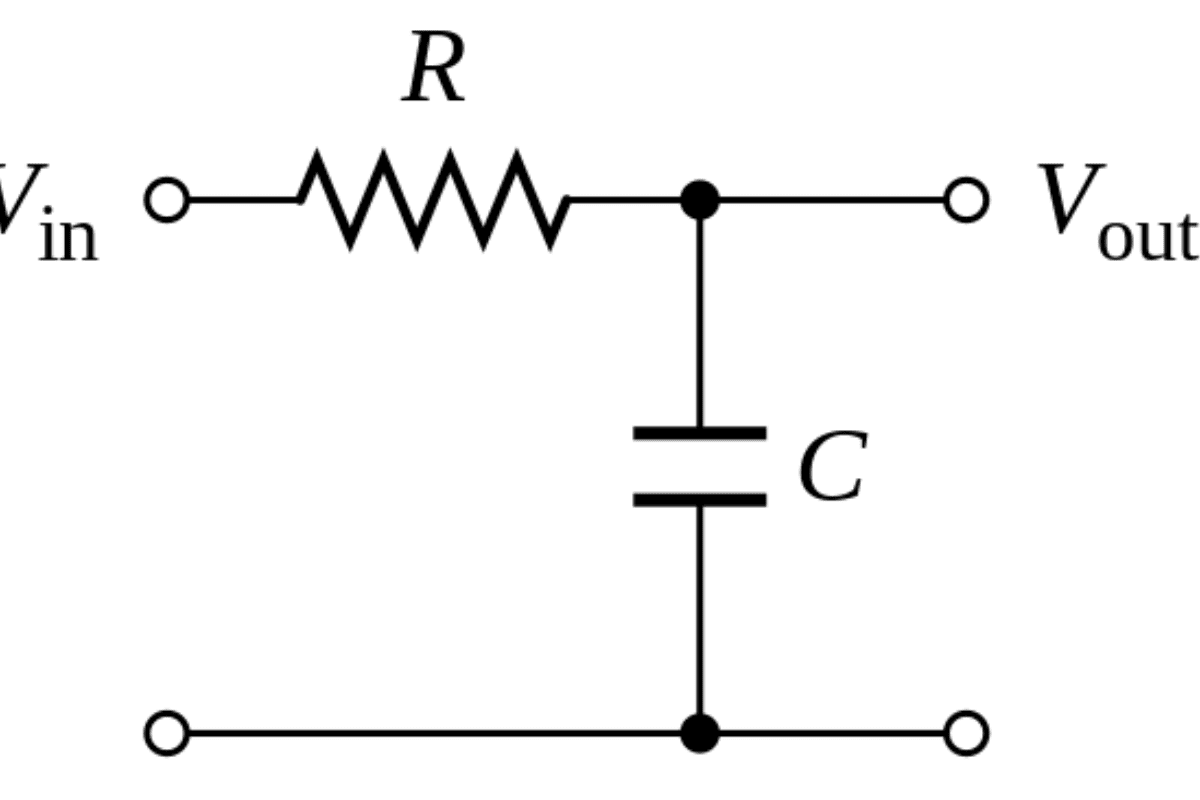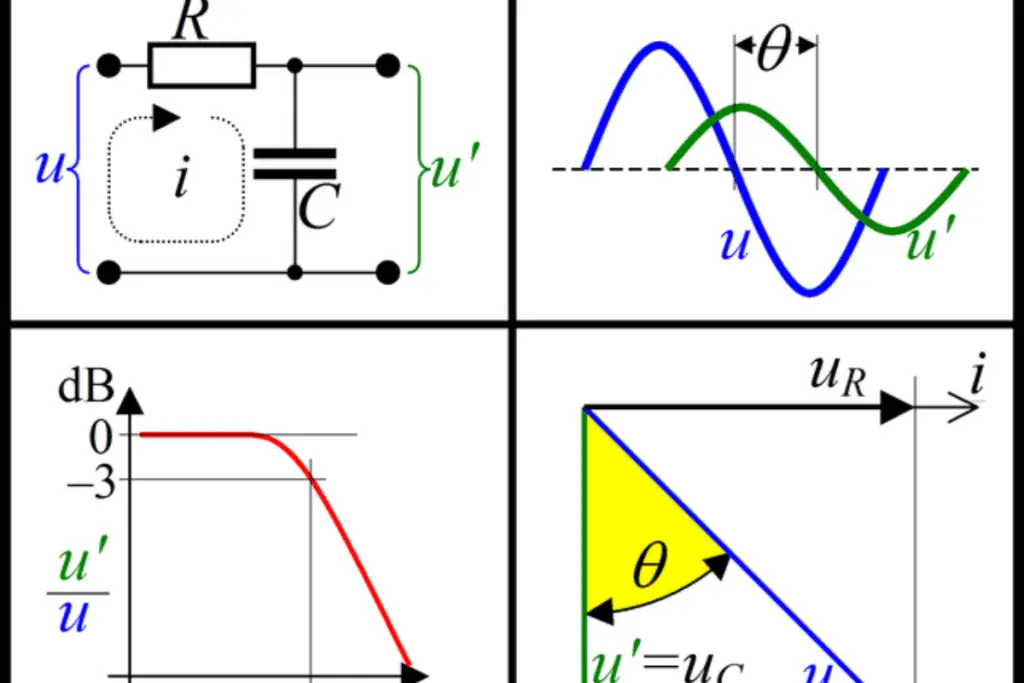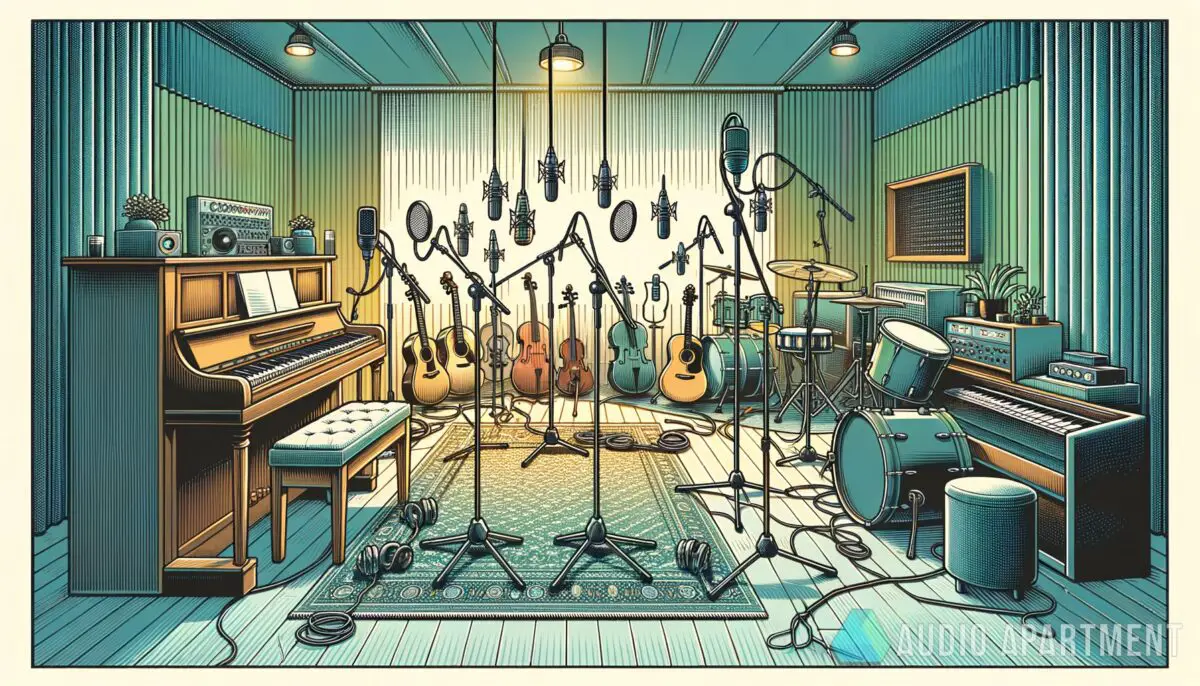Ever feel like your tracks are drowning in sonic mud and you can’t seem to clean it up? Well, have no fear because we’re about to dive into the world of low-pass filters – the ultimate mud-slayers of the audio realm! In this blog post, we’ll get down to the nitty-gritty of what a low-pass filter is and how it works in music production. Plus, we’ll even show you how to use a low-pass filter effectively in your own projects.
What is a low-pass filter? A low-pass filter is an audio processing tool that allows frequencies below a certain cutoff point to pass through while attenuating higher frequencies.
What makes a low-pass filter an essential tool in music production?
Let’s talk about why a low-pass filter is such a big deal in the music production world. You see, it’s a powerful tool that can help you achieve a cleaner mix by taming those high-frequency beasts that can create chaos in your tracks. No more battling unwanted noise or harshness!

For example, let’s say you’ve got a banging drum loop, but the hi-hats are just too overpowering. Instead of going through the tedious task of manually editing every hit, you can simply use a low-pass filter to roll off the high frequencies and bring balance back to your beat.
And hey, I know I mentioned this earlier, but it’s worth repeating: a low-pass filter allows frequencies below a certain cutoff point to pass through while attenuating higher frequencies. So, it’s like having a bouncer for your audio – only the good vibes are allowed in!
Now, I’m not just saying this because it sounds cool. Many industry pros and researchers back up the importance of using low-pass filters to achieve a cleaner mix. So, trust me when I say that mastering the art of low-pass filtering can take your music production game to the next level.
Oh, I still remember the first time I heard about low-pass filters. I was on a camping trip with a group of friends, and we were sitting around the campfire, jamming with our acoustic guitars. One of my buddies, who happened to be an audio engineer, started explaining how he used low-pass filters to clean up recordings and create that warm, intimate sound we all love in acoustic music.
As we listened to the crackling fire and strummed our guitars, I couldn’t help but imagine how the same concept could be applied to other musical genres. It was a magical moment, and I knew I had to learn more about low-pass filters. That little campfire chat sparked a passion in me that has stayed with me ever since!

AKAI Professional MPK Mini MK3

AKAI Professional MPK Mini MK3
How do low-pass filters work their magic in music production?
Low-pass filters use a specific algorithm to attenuate frequencies above a certain threshold, known as the cutoff frequency. By tweaking this cutoff frequency, you can control which high frequencies are allowed to pass through and which ones are reduced or eliminated altogether.
Let’s dive into a real-life example to make this concept crystal clear. Picture an electric guitar riff with a little too much high-frequency content, causing it to sound harsh and compete with other elements in the mix. By applying a low-pass filter and adjusting the cutoff frequency, you can reduce the unwanted high frequencies, giving your guitar riff a warmer, more polished sound that sits perfectly in the mix.
Remember, I mentioned earlier that a low-pass filter allows frequencies below a certain cutoff point to pass through while attenuating higher frequencies. It’s all about finding the sweet spot for that cutoff frequency to achieve the desired sound.
Check out this data table showcasing typical low-pass filter frequency cutoff ranges for various instruments. It’ll give you a helpful starting point when applying low-pass filters in your music productions. Just remember, these are only guidelines – feel free to experiment and find what works best for your mix!
| Instrument | Low-pass Filter Cutoff Range (Hz) |
|---|---|
| Kick Drum | 60 – 100 |
| Bass Guitar | 80 – 200 |
| Electric Guitar | 6,000 – 8,000 |
| Acoustic Guitar | 6,000 – 10,000 |
| Piano | 6,000 – 10,000 |
| Synth Pad | 4,000 – 8,000 |
| Vocals (Male) | 8,000 – 12,000 |
| Vocals (Female) | 10,000 – 14,000 |
| Cymbals | 12,000 – 16,000 |
What are some common applications of low-pass filters in music?
Low-pass filters are incredibly versatile, and you’ll find them in a wide range of musical applications. Ready to explore some of the most common ways they’re used? Let’s do it!
1. Taming high frequencies
As we’ve mentioned earlier, low-pass filters can help manage harsh high frequencies in a mix. For example, they can be used to control the brightness of cymbals, reduce sibilance in vocals, or smooth out the high end of a synth.
2. Creating separation
Low-pass filters can be used to create separation between instruments in a mix, allowing each element to have its own space. For instance, applying a low-pass filter to a bass guitar can help it sit better with a kick drum, providing clarity and definition on the low end.
A low-pass filter can help you clean up those recordings by attenuating the problematic frequencies, resulting in a cleaner, more professional sound.
3. Sound design
Low-pass filters can be employed as a creative tool for sound design. By filtering out high frequencies, you can create unique textures and soundscapes. Think of the iconic “telephone” effect or the underwater ambiance – low-pass filters are the key to achieving those sounds!
4. Reducing noise
Sometimes, recordings can have unwanted noise or hiss in the high-frequency range. A low-pass filter can help you clean up those recordings by attenuating the problematic frequencies, resulting in a cleaner, more professional sound.
These are just a few examples of how low-pass filters can be used to enhance your music productions. Whether you’re looking to tame high frequencies, create separation in your mix, or experiment with sound design, low-pass filters are your trusty sidekick!
Advantages and disadvantages of using low-pass filters
Before you go all-in with low-pass filters, let’s weigh the pros and cons. This way, you’ll have a better understanding of when to use them and when to consider alternative techniques.
Advantages of low-pass filters
Let’s kick things off with the pros of using low-pass filters:
- Tames high frequencies: Low-pass filters effectively control harsh high frequencies, resulting in a smoother mix.
- Enhances separation: They can help create separation between instruments, giving each element its own space in the mix.
- Versatile sound design tool: Low-pass filters are great for creating unique textures and effects in your productions.
- Reduces noise: They can be used to clean up recordings with unwanted high-frequency noise or hiss.
Disadvantages of low-pass filters
Now, let’s take a look at some cons of using low-pass filters:
- Risk of over-processing: Overusing low-pass filters can lead to an overly warm or dull mix, so it’s crucial to find the right balance.
- Requires precision: Finding the perfect cutoff frequency can be challenging and may require trial and error.
- Not always the best solution: In some cases, alternative techniques like EQ or multiband compression might be more appropriate for addressing specific mix issues.
If you want even more tips and insights, watch this video called “RC Low Pass Filter Explained” from the ALL ABOUT ELECTRONICS YouTube channel.
Frequently asked questions (FAQ)
Do you still have questions about what a low-pass filter is? Below are some of the most commonly asked questions.
Can I use a low-pass filter on any instrument?
Absolutely! While some instruments may benefit more from low-pass filtering than others, you can apply a low-pass filter to any instrument. It’s all about experimenting and finding the right settings for your mix.
How do I know when I’ve set the right cutoff frequency for my low-pass filter?
There’s no one-size-fits-all answer, as it depends on the specific instrument and mix context. Use your ears and trust your instincts – if it sounds good and fits well within the mix, you’ve probably found the right spot!
Are there any alternatives to low-pass filters for taming high frequencies?
Yes, there are alternatives like equalization (EQ) and multiband compression. These tools can also be used to address high-frequency issues, but they may require a different approach and more fine-tuning compared to using low-pass filters.
Conclusion
Well, folks, that’s the lowdown on low-pass filters! It’s time to wave goodbye to those pesky high frequencies and embrace the smooth, polished sound that low-pass filters can bring to your music productions. Remember, the sky’s the limit when it comes to experimenting with these handy audio tools.
So, how do you plan on using low-pass filters in your music productions? And did I cover everything you wanted to know? Let me know in the comments section below – I read and reply to every comment. If you found this article helpful, share it with a friend, and check out my full blog for more tips and tricks on mastering the art of low-pass filters. Thanks for reading, and happy filtering!
Key takeaways
This article covered the ins and outs of low-pass filters in music production. Here are some key takeaways:
- Low-pass filters remove high frequencies above a certain cutoff point, allowing lower frequencies to pass through.
- They can be used to tame harsh high frequencies, create separation in a mix, as a sound design tool, and reduce noise.
- Typical low-pass filter frequency cutoff ranges vary for different instruments.
- There are both advantages and disadvantages to using low-pass filters, so consider the pros and cons before applying them to your mix.
- Experimentation is key when working with low-pass filters – trust your ears and find the right settings for your mix.















